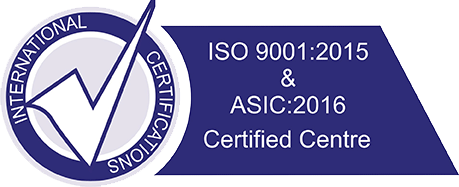This is often the first scan (11-14 weeks) that is advised in a pregnancy. In this era of "Inversion of pyramid of prenatal care", this scan has gained importance. It is an important scan and is done to confirm that it is a singleton or multiple pregnancy, assess viability and dating.
During this scan, we can see the fetal head, spine, upper and lower extremities, stomach, urinary bladder and to a certain extent of the fetal heart. We can therefore look at the major organs of the baby and assure ourselves that things are normal. Sometimes to see the baby better, an internal (vaginal) scan may be needed.
All babies have a small amount of fluid behind the neck which is called "Nuchal Translucency". The measurement of the thickness of this fluid is recommended during a scan done at this time. This by itself, or in combination with a blood test (combined first trimester screening), helps in predicting the risk for Down Syndrome.
If a twin pregnancy is identified it is possible to accurately determine the chorionicity whether they are monochorionic (sharing the same placenta) or dichorionic (having separate placentae). Twins sharing same placenta need close monitoring and the first trimester scan report helps the obstetrician in planning further course of management of this pregnancy.


